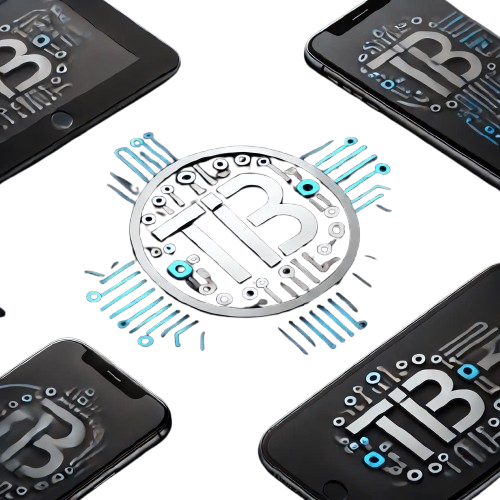In today’s property industry, property imagery is essential for capturing interest.
This is where virtual staging software proves invaluable.
Forget the backbreaking setup — just drag your photo and design away.
What Is Virtual Staging Software?
Digital room staging is the use of technology to furnish photos of unfurnished properties.|It’s a way to let prospects imagine comfort in a home without moving a single object.}
The process is simple:
- Provide a room image
- Choose an interior vibe
- Drop in virtual decor
- Download and share
Tools including VisualStager offer AI-enhanced options with design libraries. Some provide full-service editors, while others let you DIY the setup.
Why It Works in 2024
The first showing is online.
Virtual staging allows listings to:
- Look professionally designed
- Build a lived-in vibe
- Close with less time on market
- Avoid hauling furniture around
In slower markets, properties with blank rooms don’t cut it. Staged ones? They attract traffic.
Features to Look For in Virtual Staging Tools
When choosing virtual staging software, consider:
- Furniture libraries: Modern, rustic, or chic — more choices mean better results.
- High-res output: No one wants cartoonish furniture.
- Ease of use: You shouldn’t need a PhD in Photoshop.
- Value for money: Look for monthly plans that fit your needs.
- Drag-and-drop systems: Some tools even allow wall color changes.
Who Uses Virtual Staging?
House flippers use it for:
- MLS listings
- Teasers for social media
- Short-term rental marketing
- Investor pitches
Pros and Cons
✅ Pros:
- Cost-effective
- Same-day edits
- High visual impact
- No logistics
❌ Cons:
- No real furniture included
- Could confuse buyers if unclear
- Quality varies by software
Disclosure Rules & MLS Guidelines
Transparency is mandatory. MLS boards and associations often require:
- Watermarks like “Virtually Staged”
- Text disclosure in photo captions
- Clear communication with buyers that furniture is not included
Full disclosure protects you legally and ethically.
Future of Virtual Staging
The tech is evolving fast. Expect:
- Auto-design based on image detection
- 360° virtual rooms
- View staging through your phone
What used to take a designer hours is now minutes with machine learning.
Top 5 Virtual Staging Software Picks
| Software Best For Price | ||
| BoxBrownie | Photo realism | $24/image |
| VisualStager | DIY, drag-and-drop | $15/photo |
| ApplyDesign | Quick auto-staging | $7–$29/photo |
| RoOomy | VR/AR staging | Contact sales |
| Stuccco | Custom pro staging | $29+/image |
Pro Tips for Realistic Results
- Shoot photos in daylight
- Shoot at eye level
- Keep it simple
- Focus on lifestyle
- Don’t mix styles wildly
Closing Thoughts
Homes sell faster when they look like homes, not storage units.
If you’re selling a home in 2024, virtual staging is your edge.
Test the tools, see the results, close faster.
Source: Hashnode.Dev (greatest Virtual Staging Software)
Many firms have leveraged AI to transform their sales processes.
{For instance, A top property firm from Dubai implemented AI for dynamic pricing and saw a reduction in time-on-market.
Another success story is from a mid-sized agency that used AI analytics to optimize marketing spend.
They highlight the transformative impact of integrating AI into every stage of the selling process.
## Looking Ahead: AI and Property Sales
The future of real estate is closely tied to further advancements in AI.
Future developments include more refined predictive models and fully automated sales processes.
For example, imagine using AI to not only stage a home virtually but also to simulate a real-time experience tailored to each buyer’s preferences.
Another trend is the convergence of AI and blockchain for enhanced security, which can help mitigate data privacy issues and ensure secure transactions.
The real estate industry is on the brink of a major transformation.
For agents and sellers, embracing AI now ensures long-term growth.
## Summing Up the AI Impact
The impact of AI on real estate is profound, affecting every step from valuation and marketing to customer service and back-office operations.
Agents, sellers, and investors who embrace AI are poised to succeed in a rapidly changing market.
Although there are concerns and initial challenges, the advantages are compelling and inevitable.
Ultimately, AI is the cornerstone that will shape the next generation of real estate transactions.
It’s time for real estate professionals to take the leap and step confidently into the future.
As AI continues to mature, its influence on real estate selling will redefine every aspect of the industry.
If you’re in real estate, consider this your call to action to leverage AI and revolutionize your approach.
{In conclusion, AI software is not merely a tool — it is the core of the future of real estate selling. Embrace the change, harness the power, and watch as your business soars to unprecedented levels.
Start exploring AI-driven solutions, integrate these technologies into your operations, and experience the transformative benefits.
